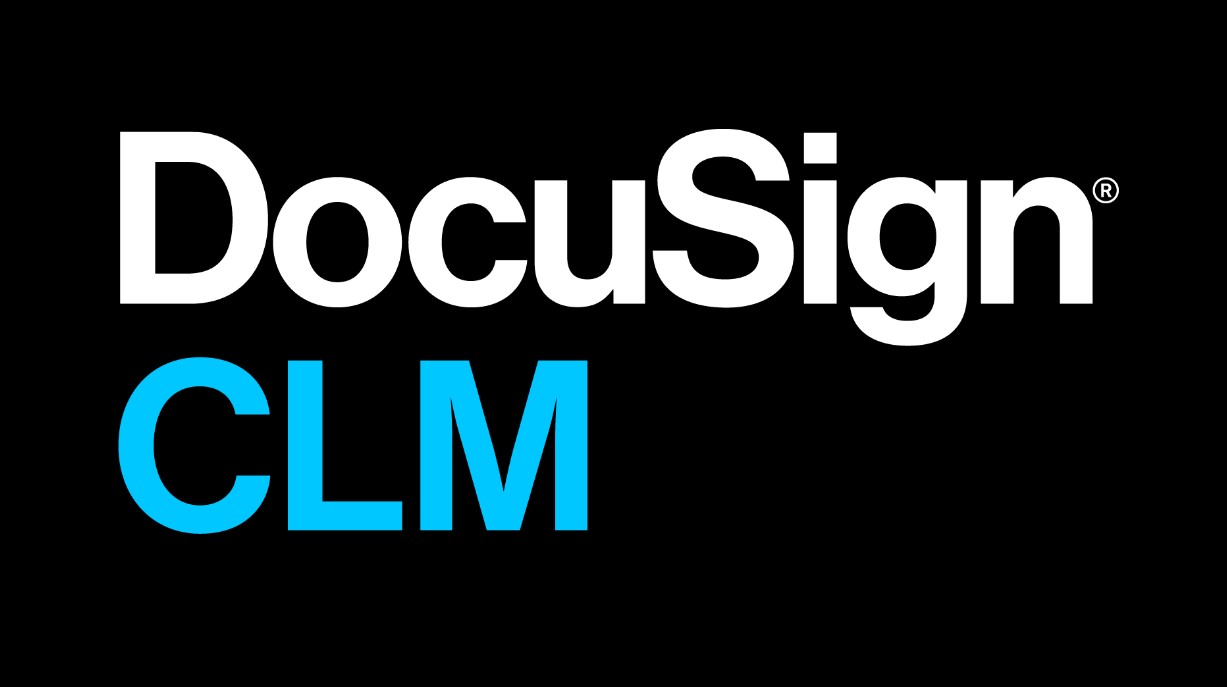Description
Introduction of Security and Compliance in Everlaw
This training focuses on the essential security and compliance measures within Everlaw, particularly for legal professionals and e-Discovery teams handling sensitive data. With increasing regulatory pressures and cybersecurity concerns, this course will guide participants through Everlaw’s tools and practices for ensuring data integrity, confidentiality, and compliance with industry standards such as GDPR and HIPAA. By the end of the training, participants will be well-equipped to manage secure workflows, implement data protection protocols, and ensure compliance throughout the e-Discovery process.
Learning Outcomes of Security and Compliance in Everlaw
- Understand security features within Everlaw and their importance.
- Learn how to set up and enforce compliance policies.
- Ensure data protection and adhere to global data privacy regulations.
- Monitor and audit security-related activities within the platform.
Prerequisites of Security and Compliance in Everlaw
- Basic understanding of Everlaw’s interface and e-Discovery processes.
- Familiarity with general data security principles.
- Experience in managing legal data in cloud-based platforms is recommended.
Table of Contents
1: Introduction to Security and Compliance in e-Discovery
1.1 Understanding the Importance of Security in e-Discovery
1.1.1 Overview of e-Discovery security challenges.
1.1.2 Key security principles for legal teams handling sensitive data.
1.2 Compliance Overview
1.2.1 Overview of compliance regulations relevant to e-Discovery (GDPR, HIPAA, etc.).
1.2.2 The role of Everlaw in ensuring regulatory compliance.
1.3 Hands-On Activity: Exploring Security Features in Everlaw
1.3.1 Participants navigate Everlaw’s security settings to become familiar with its basic features.
2: Data Protection Strategies in Everlaw
2.1 Securing Sensitive Data in e-Discovery
2.1.1 Encryption protocols used in Everlaw for data in transit and at rest.
2.1.2 Access control settings and managing user permissions.(Ref: Microsoft Purview Certifications: Mastering e-Discovery Tools)
2.2 Configuring Two-Factor Authentication (2FA)
2.2.1 Importance of 2FA for enhanced security.
2.2.2 How to enable and manage 2FA in Everlaw.
2.3 Hands-On Activity: Setting up Data Protection Measures
2.3.1 Participants configure encryption settings and implement 2FA for user accounts.
3: Managing Access Controls and Permissions
3.1 User Roles and Permissions in Everlaw
3.1.1 How to assign roles and manage permissions effectively.
3.1.2 Best practices for controlling access to sensitive information.
3.2 Implementing Role-Based Access Controls (RBAC)
3.2.1 Overview of RBAC and its implementation in Everlaw.
3.2.2 Case studies on managing user roles in large legal teams.
3.3 Hands-On Activity: Configuring Role-Based Access Controls
3.3.1 Participants set up and manage user roles and permissions for a mock case.
4: Ensuring Data Integrity and Auditability
4.1 Monitoring Data Access and User Activities
4.1.1 How to track user activities and document access in Everlaw.
4.1.2 Using Everlaw’s audit logs to ensure data integrity.
4.2 Data Integrity Best Practices
4.2.1 Steps to ensure document authenticity and chain of custody.
4.2.2 Understanding Everlaw’s hashing and logging mechanisms.
4.3 Hands-On Activity: Monitoring User Activity Logs
4.3.1 Participants explore audit logs to track user access and document modifications.
5: Compliance with Data Privacy Regulations
5.1 Overview of Key Data Privacy Regulations
5.1.1 GDPR, HIPAA, CCPA, and other important regulations.
5.1.2 How Everlaw supports compliance with these regulations.
5.2 Implementing GDPR and HIPAA Compliance in Everlaw
5.2.1 Setting up workflows and privacy controls for compliance.
5.2.2 Managing data retention and deletion in line with regulatory requirements.
5.3 Hands-On Activity: Configuring Compliance Workflows
5.3.1 Participants design a GDPR-compliant e-Discovery workflow for a mock case.
6: Data Retention, Legal Holds, and Preservation
6.1 Data Retention Policies in e-Discovery
6.1.1 Importance of data retention policies for compliance and litigation readiness.
6.1.2 Managing data retention and deletion in Everlaw.
6.2 Legal Holds and Data Preservation in Everlaw
6.2.1 Setting up and managing legal holds to preserve relevant data.
6.2.2 Automating data preservation workflows in Everlaw.
6.3 Hands-On Activity: Implementing Legal Holds
6.3.1 Participants configure legal holds and data retention settings for a case.
7: Securing Collaboration and Data Sharing
7.1 Sharing Documents Securely in Everlaw
7.1.1 Best practices for secure collaboration within and outside your organization.
7.1.2 Setting up secure links and sharing permissions.
7.2 Securing Collaboration with Third Parties
7.2.1 Managing external access to data while maintaining compliance.
7.2.2 Implementing secure data exchange protocols.
7.3 Hands-On Activity: Setting Up Secure Data Sharing
7.3.1 Participants practice sharing documents securely with internal and external teams.
8: Incident Response and Breach Management
8.1 Incident Response Strategies
8.1.1 Steps to follow in case of a data breach or security incident.
8.1.2 Everlaw’s role in assisting breach management.(Ref: Everlaw Predictive Coding: Leveraging AI for Document Review)
8.2 Breach Notification and Reporting
8.2.1 Understanding breach notification requirements under GDPR and other regulations.
8.2.2 How to use Everlaw’s reporting tools to support incident response.
8.3 Hands-On Activity: Simulating a Data Breach Response
8.3.1 Participants simulate a security incident and draft a response plan using Everlaw’s tools.
9: Automating Compliance Monitoring and Reporting
9.1 Automating Compliance Reporting
9.1.1 Using Everlaw’s reporting tools to monitor security and compliance status.
9.1.2 Scheduling and automating regular compliance checks.
9.2 Configuring Alerts and Notifications
9.2.1 Setting up alerts for suspicious activities or non-compliance issues.
9.2.2 Customizing reports for internal audits and regulatory reviews.
9.3 Hands-On Activity: Automating Compliance Reports
9.3.1 Participants automate compliance reports and alerts for an ongoing case.
10: Final Review and Best Practices
10.1 Review of Key Security and Compliance Features
10.1.1 Recap of the essential security and compliance tools in Everlaw.
10.1.2 Group discussion on implementing best practices in real-world scenarios.
10.2 Best Practices for Maintaining Security and Compliance
10.2.1 Ongoing management and monitoring of security and compliance within Everlaw.
10.2.2 Integrating Everlaw with external compliance tools and frameworks.
10.3 Hands-On Activity: Case Study Review and Wrap-Up
10.3.1 Participants apply learned skills to a final case study focused on security and compliance challenges.
Conclusion
By the end of this course, participants will be proficient in managing security and compliance within Everlaw, ensuring that their e-Discovery projects meet regulatory requirements while protecting sensitive data. They will also be equipped to create and enforce data protection policies, monitor user activities, and respond effectively to security incidents.







Reviews
There are no reviews yet.